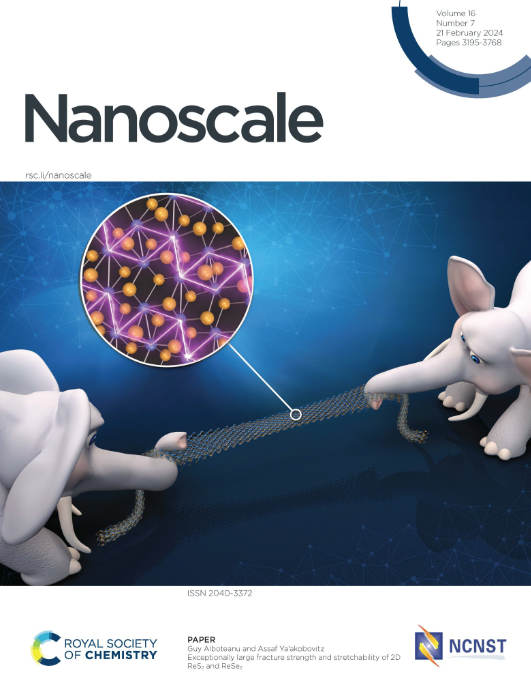Hydrodynamic Slip in Nanoconfined Flows: A Review of Experimental, Computational, and Theoretical Progress
IF 5.8
3区 材料科学
Q1 CHEMISTRY, MULTIDISCIPLINARY
引用次数: 0
Abstract
Nanofluidics has made significant impacts and advancements in various fields, including ultrafiltration, water desalination, biomedical applications, and energy conversion. These advancements are driven by the distinct behavior of fluids at the nanoscale, where fluid behaviors are affected or altered due to interactions with solid surfaces. A key challenge in nanofluidics is understanding hydrodynamic slip, a phenomenon where liquid flows past solid boundaries with a non-zero velocity, deviating from the classical no-slip boundary condition. This review consolidates experimental, computational, and theoretical efforts to elucidate the mechanisms behind hydrodynamic slip in nanoconfined flows. We evaluate essential experimental methodologies, including surface force apparatus, atomic force microscopy, and micro-particle image velocimetry, which have been instrumental in characterizing slip at the nanoscale. The review also discusses the contributions of molecular dynamics simulations, including both non-equilibrium (NEMD) and equilibrium (EMD) approaches, in modeling interfacial phenomena and slip behavior. Additionally, it explores the influence of factors such as surface wettability, shear rate, and confinement on slip, emphasizing the interaction between liquid structuring and solid-liquid interactions. Advancements made so far have uncovered more complexities in nanoconfined flows which have not been considered in the past, inviting more investigation to fully understand and control fluid behavior at the molecular level.纳米封闭流体中的水动力滑动:实验、计算和理论进展综述
纳米流体技术已在超滤、海水淡化、生物医学应用和能源转换等多个领域产生了重大影响并取得了重大进展。这些进步是由纳米尺度流体的独特行为所驱动的,在纳米尺度上,流体的行为会因为与固体表面的相互作用而受到影响或改变。纳米流体学的一个关键挑战是理解流体动力滑移,即液体以非零速度流过固体边界,偏离经典无滑移边界条件的现象。本综述综合了实验、计算和理论方面的努力,以阐明纳米约束流中流体动力滑移背后的机理。我们评估了基本的实验方法,包括表面力仪器、原子力显微镜和微颗粒图像测速仪,它们在表征纳米级滑移方面发挥了重要作用。综述还讨论了分子动力学模拟(包括非平衡(NEMD)和平衡(EMD)方法)在模拟界面现象和滑移行为方面的贡献。此外,它还探讨了表面润湿性、剪切速率和封闭性等因素对滑移的影响,强调了液体结构和固液相互作用之间的相互作用。迄今为止所取得的进展揭示了纳米约束流动中更多过去未曾考虑过的复杂性,这就需要进行更多的研究,以充分了解和控制分子水平上的流体行为。
本文章由计算机程序翻译,如有差异,请以英文原文为准。
求助全文
约1分钟内获得全文
求助全文
来源期刊

Nanoscale
CHEMISTRY, MULTIDISCIPLINARY-NANOSCIENCE & NANOTECHNOLOGY
CiteScore
12.10
自引率
3.00%
发文量
1628
审稿时长
1.6 months
期刊介绍:
Nanoscale is a high-impact international journal, publishing high-quality research across nanoscience and nanotechnology. Nanoscale publishes a full mix of research articles on experimental and theoretical work, including reviews, communications, and full papers.Highly interdisciplinary, this journal appeals to scientists, researchers and professionals interested in nanoscience and nanotechnology, quantum materials and quantum technology, including the areas of physics, chemistry, biology, medicine, materials, energy/environment, information technology, detection science, healthcare and drug discovery, and electronics.
 求助内容:
求助内容: 应助结果提醒方式:
应助结果提醒方式:


